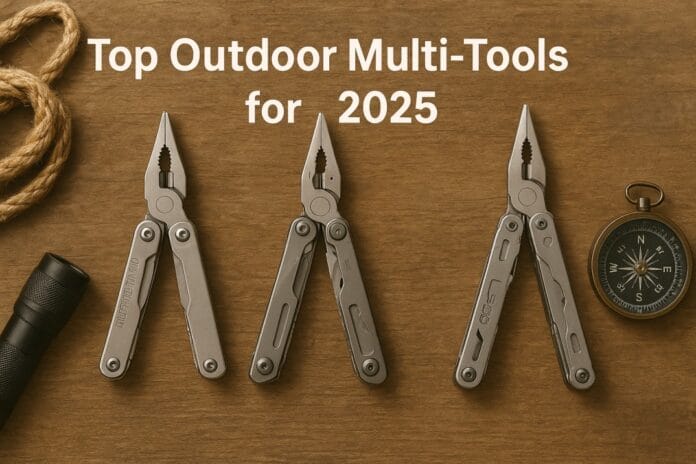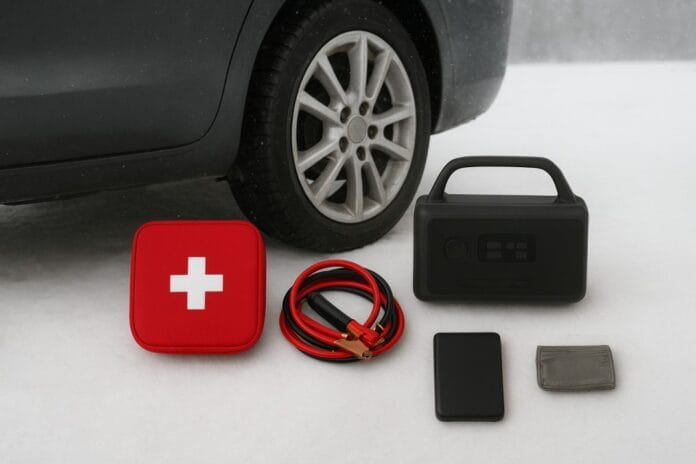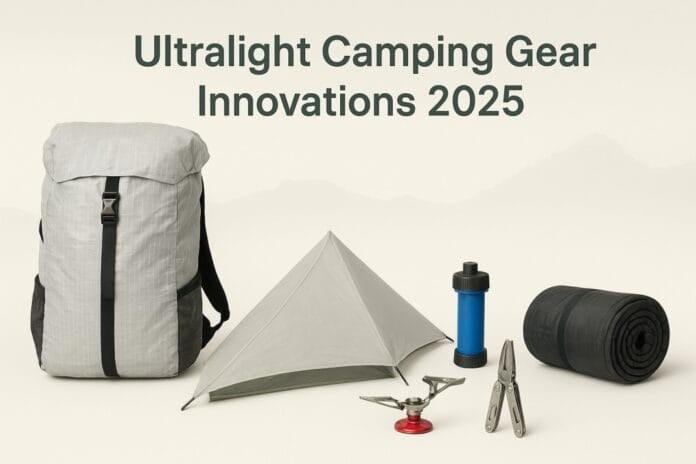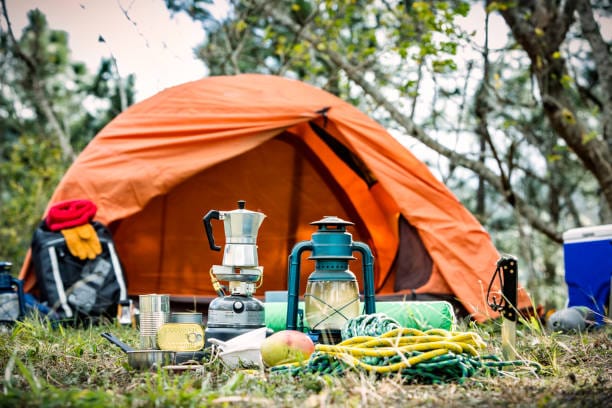Why Inflatable Tent US Market Trends 2025 Matter
Inflatable tents — also called air-beam or air-tent systems — replace traditional poles with strong inflatable beams. For families, glampers, and overlanders, they offer faster pitching, more interior living space, and improved wind performance when engineered correctly. The category has moved from niche to mainstream in the last 3–5 years, driven by:
Rising consumer demand for convenience and “glamping” comfort.
Improved materials and pump systems that make inflation fast and reliable.
Larger manufacturers (Coleman, Decathlon/Quechua, Vango in global markets) investing in air-beam lines. Colemanvango.co.uk
Market reports put the inflatable tents industry into high growth territory — global and outdoor-camping focused market research firms show the segment expanding rapidly through 2025 with mid-single to double digit CAGR estimates in many reports. This growth is being pulled by family camping + festival + glamping markets.
Market snapshot — What the numbers say (2023–2026 outlook)
Several market studies place the inflatable tent/premium air tent market on a growth trajectory going into 2025 (estimates vary by report). One report highlights the inflatable-tents market as expanding through 2025–2032; others estimate the broader outdoor camping/tent market growing at ~6–7% CAGR while air tents show faster niche growth.
Analysts point to the glamping and family-camping segments as the biggest near-term adopters: consumers want larger livable space and quick setup times.
Brand investment: Established tent brands (Coleman, Vango, Decathlon/Quechua) plus specialist manufacturers (RBM/Panda Air, premium European lines) expanded air ranges in 2024–2025, validating the segment’s commercial potential.
10 Key US Market Trends for Inflatable Tents in 2025
Family & glamping demand continues to drive larger air tents — The market for roomy, multi-room inflatable family tents has increased, with models offering blackout bedrooms and living areas.
Faster pitch time becomes a core selling point — Marketing emphasizes “minutes to pitch” and single-person setup. Consumers buying convenience over ultralight weight.
Premium materials + eco moves — Brands are offering recycled fabric lines and better coatings (UV + seam tech). Vango’s “Earth Collection” and similar moves are influencing product expectations.
Diversification: family, overland, festival niches — Heavy, stove-jack capable air tents for overlanding; lightweight-ish festival inflatable tents (but still heavy for backpacks).
Accessory ecosystem expansion — Dedicated repair kits, electric/12V pumps, annex rooms, and seasonal addons (blackout liners) are now typical product bundles.
Price stratification widens — Entry-level air tents to premium modular systems; expect big price gaps depending on fabric, features, and brand.
Retail channels: e-commerce + specialty retailers — Amazon, REI, Decathlon, and brand shops carry a growing selection; video reviews and social proof are influencing purchases (many popular “best of” videos and reviews in 2024–2025).
Storm & wind testing becomes a marketing must — Consumers expect performance stats (wind rating, hydrostatic head). Brands that publish test data win buyer trust.
Hybrid approaches appear — Some tents mix inflatable beams with pole supports for weight/performance tradeoffs.
Aftermarket and rental markets grow — Glamping businesses and festivals prefer inflatable tents for fast deployment and consistent setup. Market research flags institutional and rental uses as growth vectors.
Who should consider an inflatable tent in 2025?
Families who want quick setup for weekend camping trips.
Glampers who prioritize living space and comfort.
Overlanders who value robustness and stove compatibility (some heavier air tents are 4-season capable).
Festival / event organizers who need consistent, fast installations.
NOT ideal for lightweight backpacking unless a specialized ultralight air tent is specified.
How to choose: Buyer’s checklist (quick)
Capacity vs. packed weight — Many air tents are heavier; check car-camping suitability.
Pitch time & pump type — Does it include an electric pump? Can you inflate with a 12V vehicle pump?
Materials & hydrostatic head (waterproof rating) — Look for 3,000mm+ floor and 1,500–3,000mm flysheet depending on seasons.
Repairability & spares — Are beams repairable? Is the brand easy to service?
Warranty & customer support — Vital for inflatable beams and seams.
Extras — Annexes, sewn-in groundsheet, stove jack, blackout inner rooms matter for your use case.
Top Inflatable Tent Picks
Below are high-quality inflatable tents that reflect the 2025 market: family models, budget picks, and a premium overlanding option.
1) Coleman Instant Tent with 1-Minute Setup
Why pick it: Coleman’s Instant Tent (family lines) combine brand support, recognizable retail availability, and quick pitch convenience — a solid family glamping pick.
Buy on Amazon: 🔥 Shop Coleman 1 Minute Tent on Amazon
2) Vango AirBeam Family Tent (European design, family/glamp)
Why pick it: Vango’s AirBeam tech and large family layouts make it a popular choice in the air-tent space; Vango also emphasizes sustainable lines.
3) RBM / Panda Air Inflatable Tent (Overland / Premium Budget)
Why pick it: RBM/Panda air tents target overlanding and extended stays, offering stove jack options and roomy layouts. Good for car campers who want durability and living space.
Buy on Amazon: Inflatable Camping Tent
4) Quechua/Decathlon Air Seconds (Value / Easy Pitch)
Why pick it: Decathlon’s Air Seconds (Quechua) are value-packed and represent the entry point for many buyers in Europe and the US via Decathlon stores or online. Great budget choice for festivals and family weekends.
Buy on Amazon: Decathlon Quechua MH100 3 Person Camping Tent
Installation & maintenance tips for inflatable tents
Practice at home — Inflate and deflate before first trip; confirm pump operation.
Use low pressure, high volume pumps — Many tents inflate with 5–10 psi depending on the system; follow manual numbers.
Carry a repair kit — Patches, valve spanners, and spare beams (if sold) are essential for multi-day or remote trips.
Avoid over-inflating — Heat causes internal pressure to rise; leave recommended margin.
Store dry & ventilated — To avoid mildew, fully dry internal fabrics before long storage.
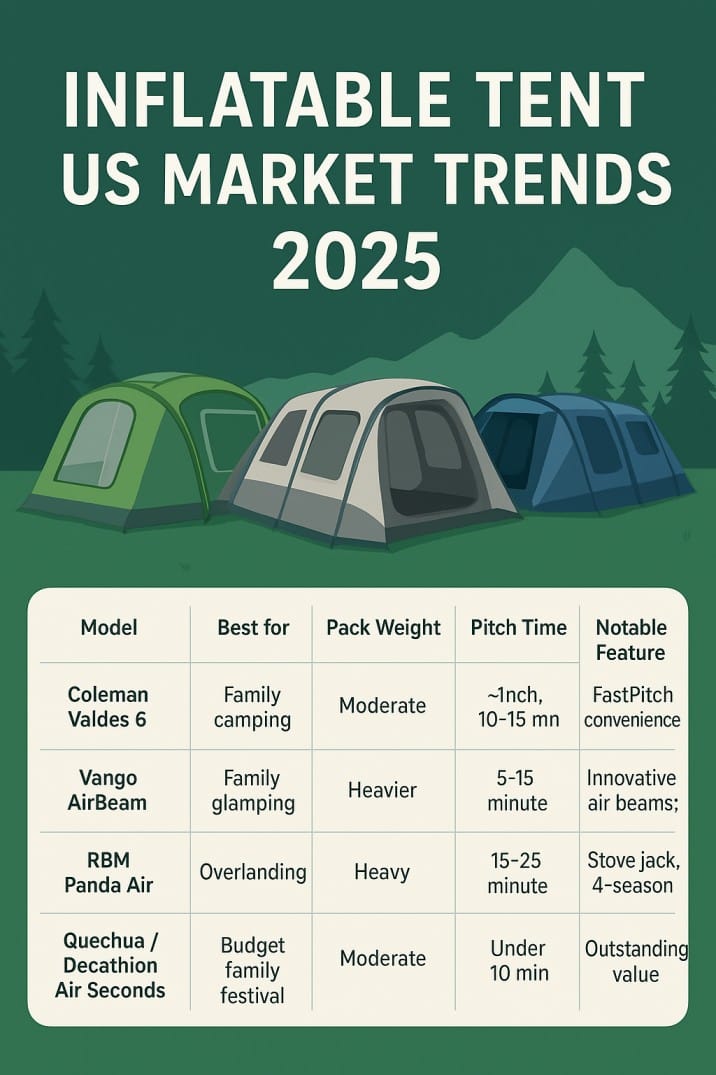
Pricing expectations & value — what to budget for (US)
Budget/entry air tents: $200–$450 — smaller family/festival models.
Mid-range family: $450–$900 — better fabrics, larger living space, brand warranties.
Premium/overland: $900–$2,500+ — stove-compatible, four-season rated, modular systems.
Why the range? Different materials, testing, and supporting features (annexes, sewn-in groundsheets) drive price. Market reports show segmentation and premiumization as major trends.
FAQ
Q1: Are inflatable tents good in wind and bad weather?
A: Properly engineered inflatable tents can handle strong winds well because air beams flex and redistribute loads. Always check manufacturer wind ratings and test reports. For severe conditions choose models specifically tested for 4-season or storm performance.
Q2: How long does it take to pitch an inflatable tent?
A: Pitch times range from 5–25 minutes depending on model size and team. Family air tents often advertise single-person inflation times below 15 minutes.
Q3: Can I repair an inflatable tent if a beam is punctured?
A: Yes — most inflatable beams are repairable with patches or replacement sleeves. Carry the brand repair kit and learn the valve/patch steps before heading into remote areas.
Q4: Are inflatable tents good for overlanding?
A: Many overlanders prefer heavier, stove-jack capable air tents for comfortable extended stays. These trade weight for durability and living space.
Q5: Do inflatable tents cost more than traditional pole tents?
A: On average, air tents can be more expensive for comparable volume due to more complex materials and included pumps, though entry models exist at budget prices.
To Know more about camping, please visit: CAMPING

